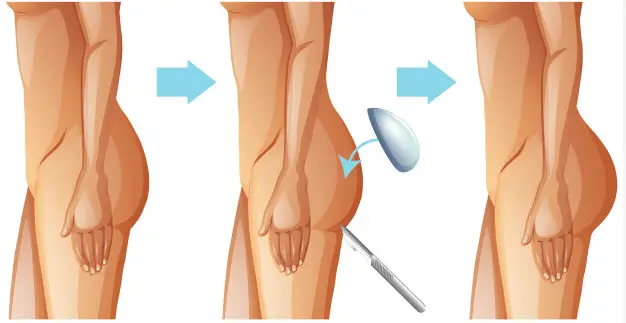– As far as anesthesia is concerned, during the consultation, the anesthesiologist will himself inform the patient of the anesthetic risks. The fact of having recourse to a perfectly competent anesthesiologist, practicing in a real surgical context, makes the risks incurred more or less easy to control
It is important to keep in mind that techniques, anesthetic products and monitoring methods have made immense progress over the last thirty years, offering optimal safety, especially when the operation is performed outside of an emergency and on a person in good health.
– As far as the surgical procedure is concerned, by choosing a qualified and competent plastic surgeon, trained in this type of cosmetic surgery, you limit these risks as much as possible, without however eliminating them completely.
In practice, the vast majority of buttock augmentation surgeries performed according to the rules are carried out without any problem, the postoperative course is simple and the patients are fully satisfied with their result.
However, sometimes, a risk of complications can occur after the operation, some inherent to the surgical gesture and others specifically related to the implants:
– Hematoma: If it is significant, a repeat operation in the operating room is preferable in order to evacuate the blood and stop the bleeding at its origin;
– Serous effusion: It disappears spontaneously and gradually.
– Infection: It is rare after this type of surgery.
– Healing abnormalities
– Alteration of sensitivity: They are frequent during the first months, but most of the time regress.
Risks specifically related to implants
– Formation of “folds” or “waves” appearance
– “Hulls”: Great progress has been made in recent years in the design and construction of implants, resulting in a very significant decrease in the rate of hulls and their intensity.
– Rupture: most of the time, it requires an operation to change the implants.
– Malposition, displacement: can sometimes justify a surgical correction.
– Rotation: Although relatively rare in practice, the pivoting of an “anatomical” prosthesis remains theoretically possible


